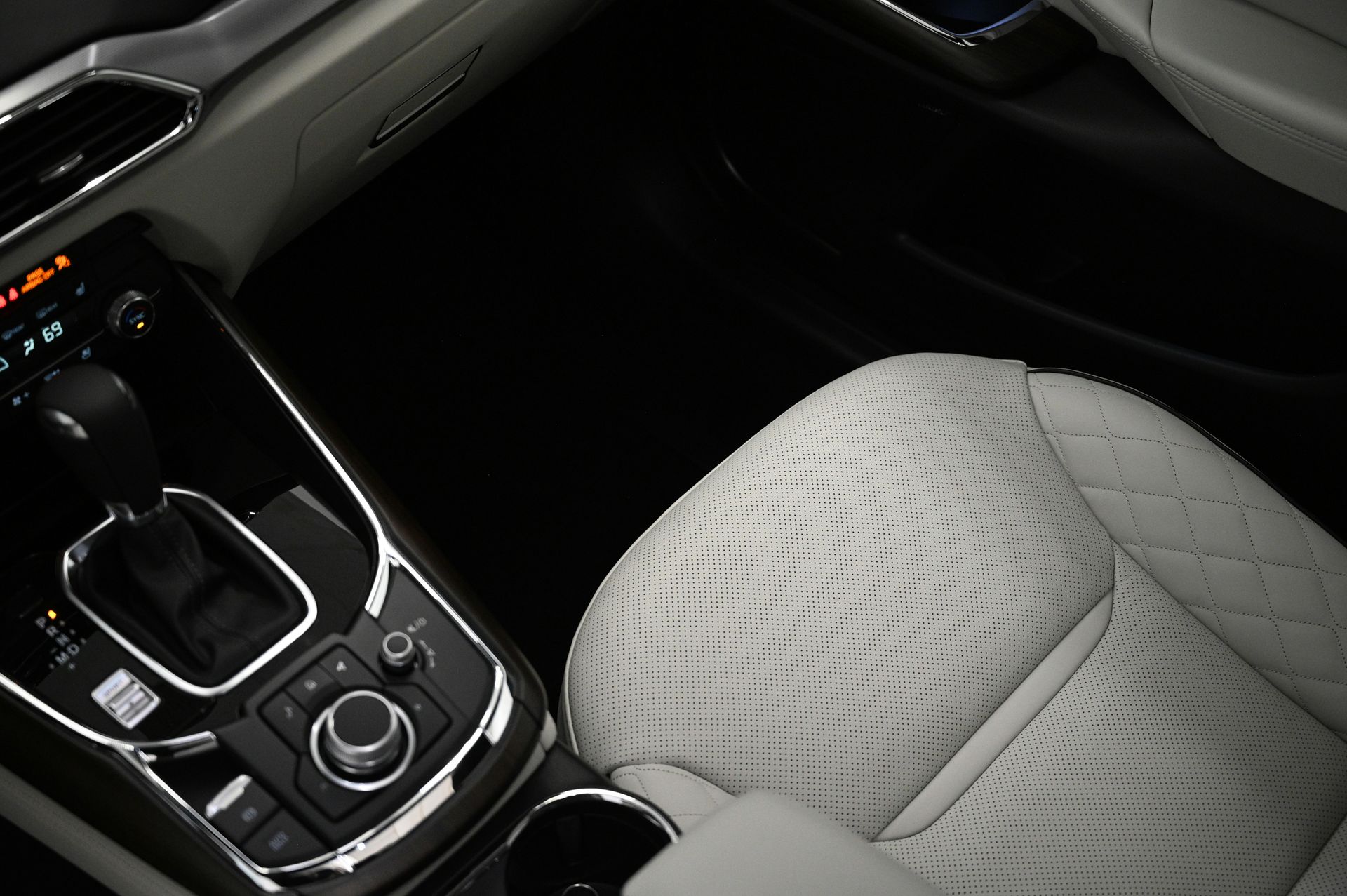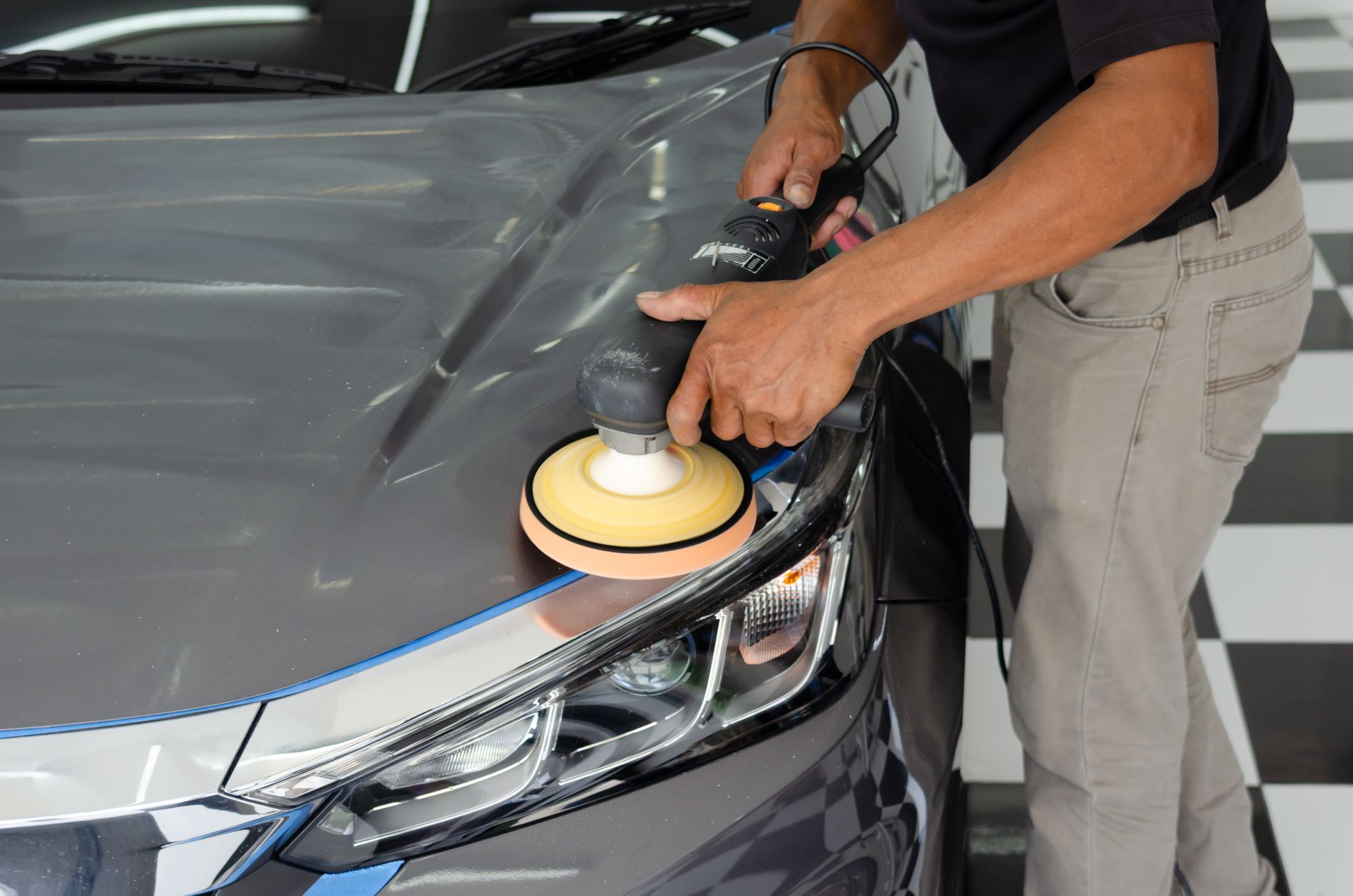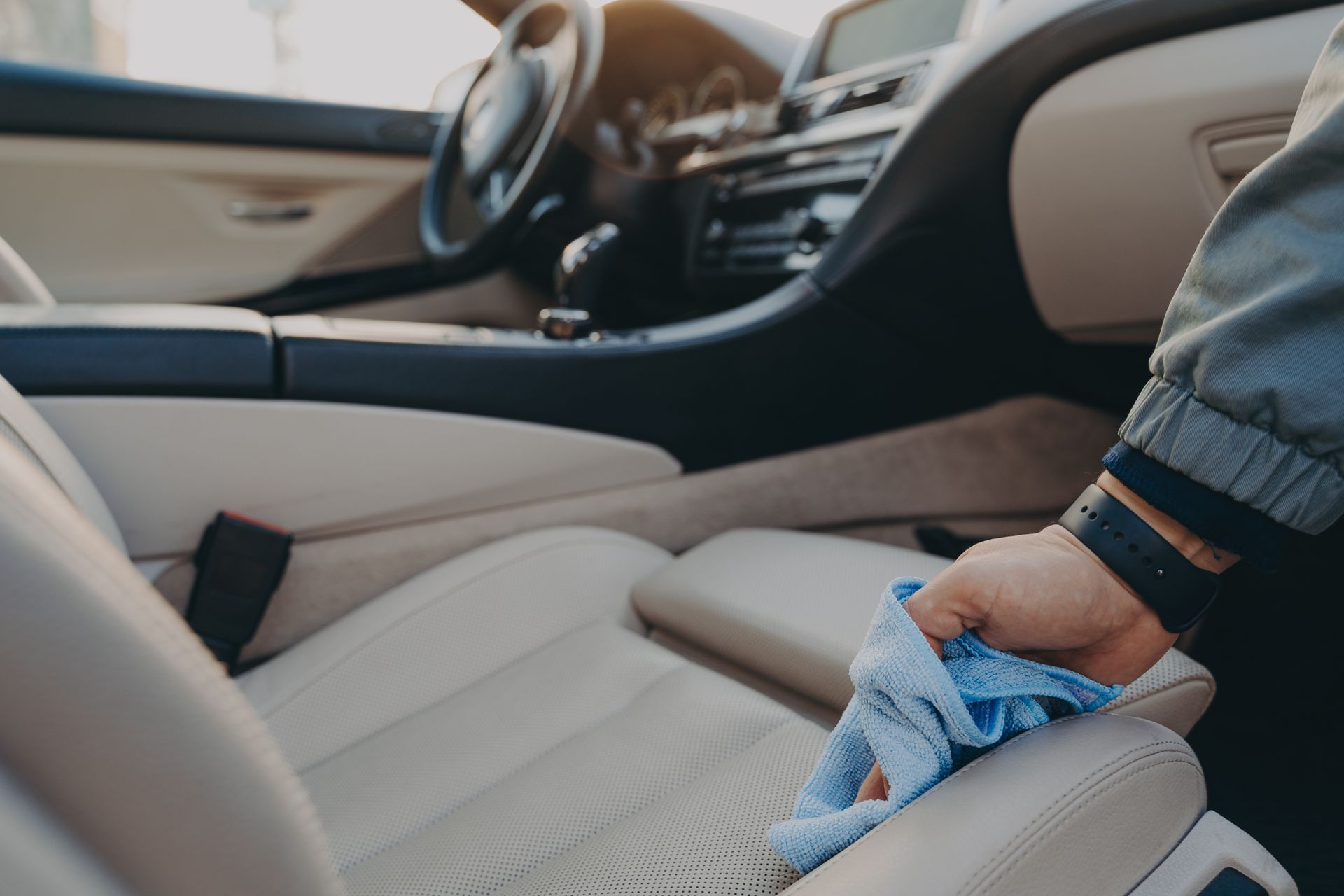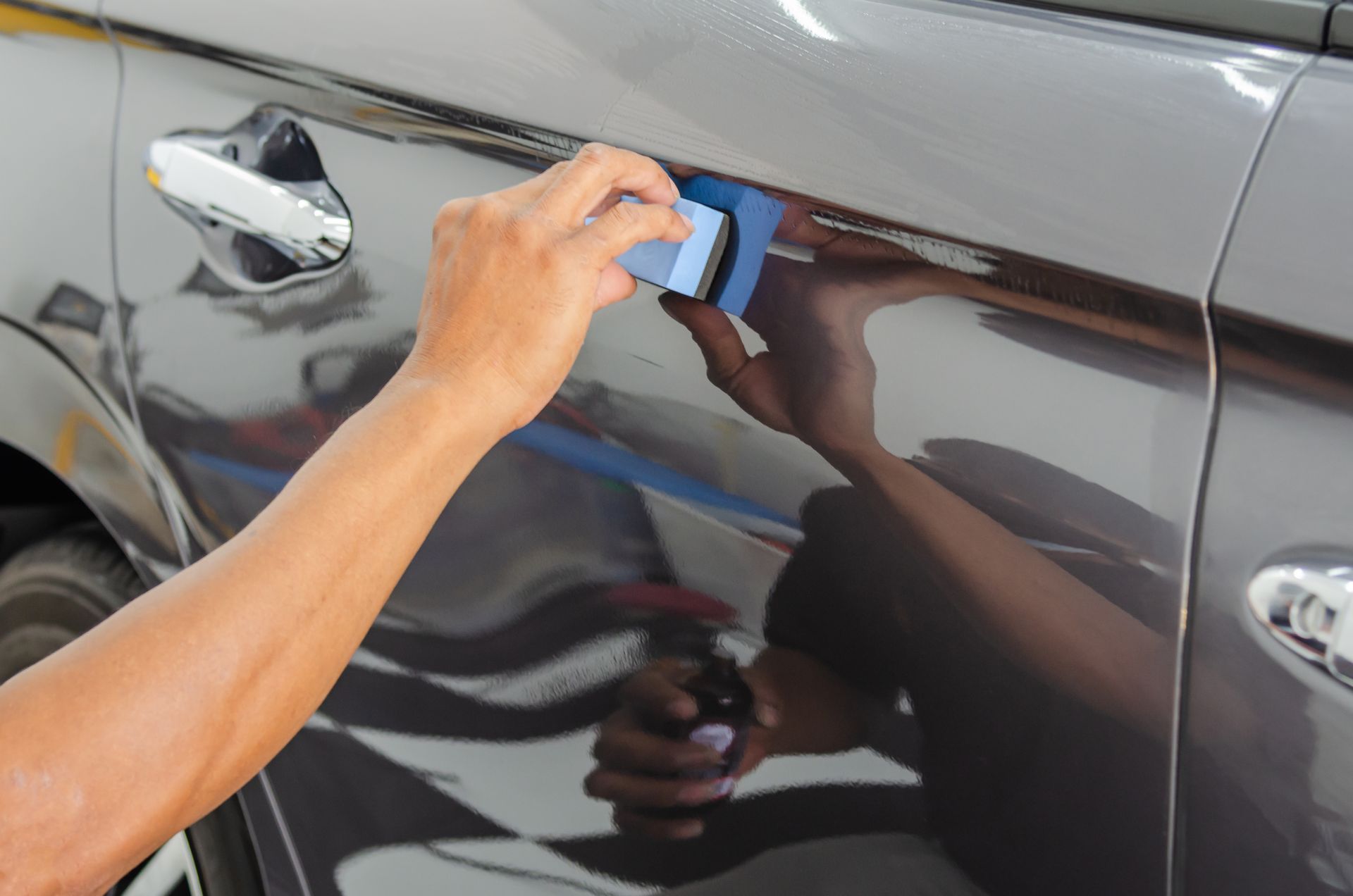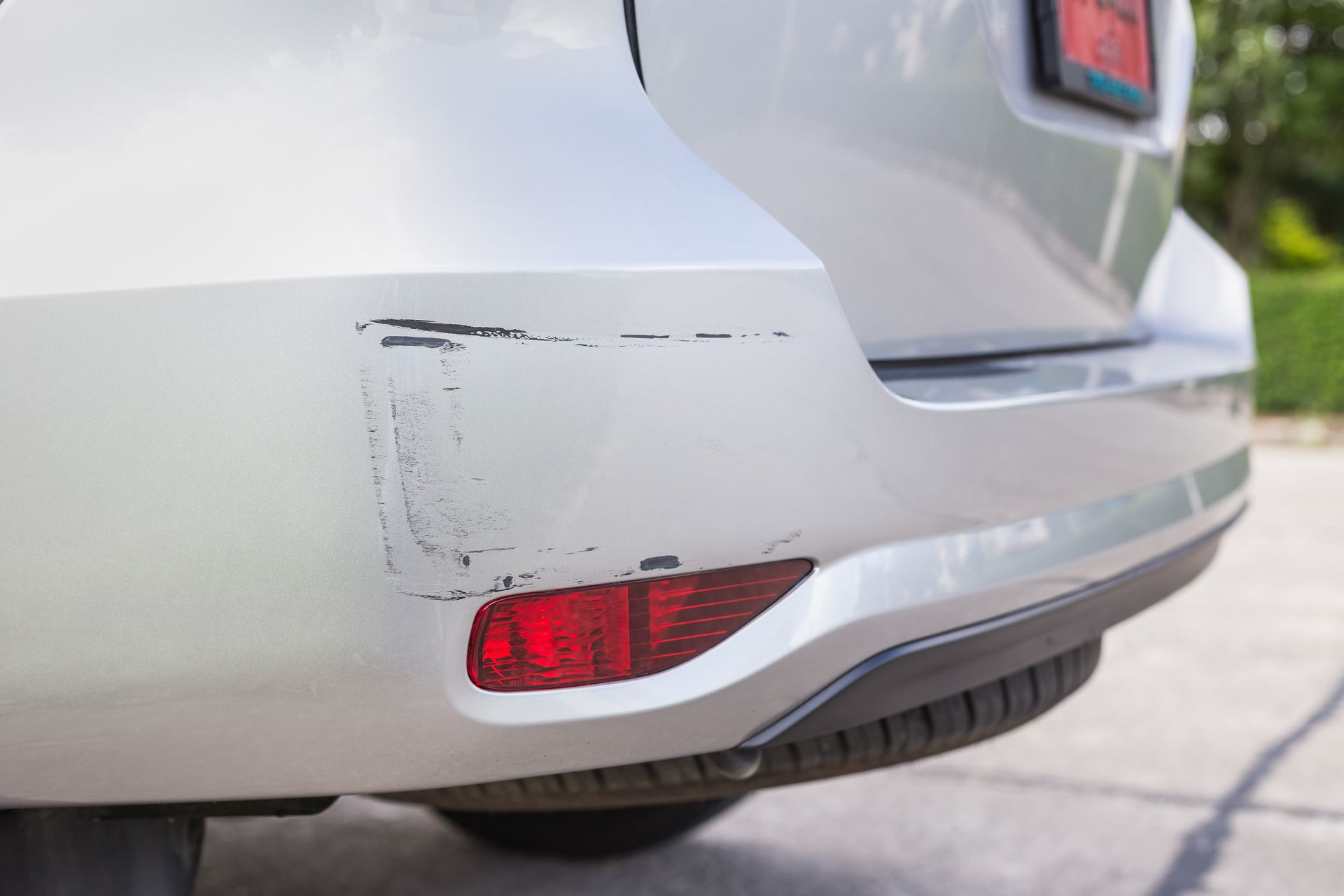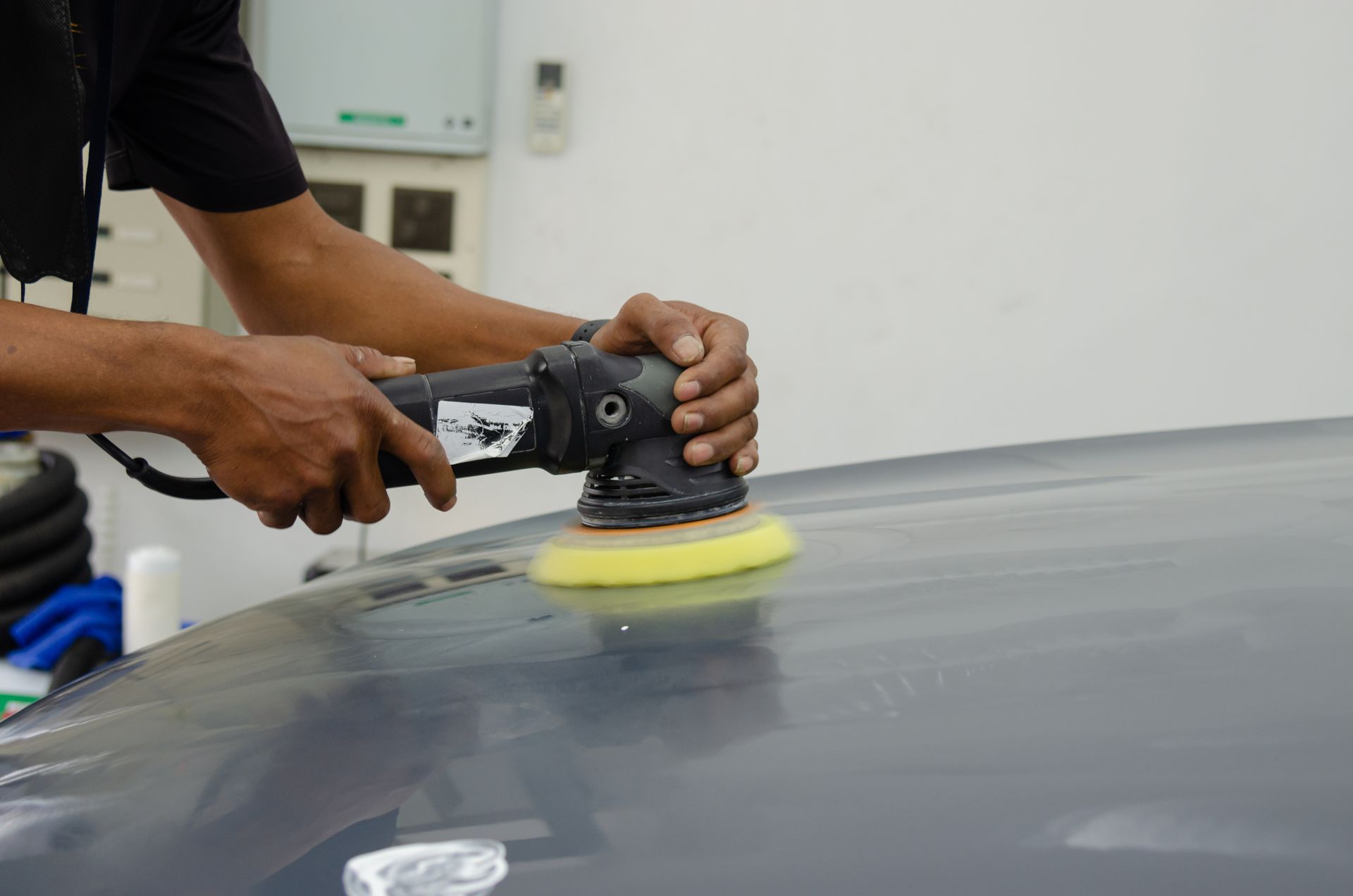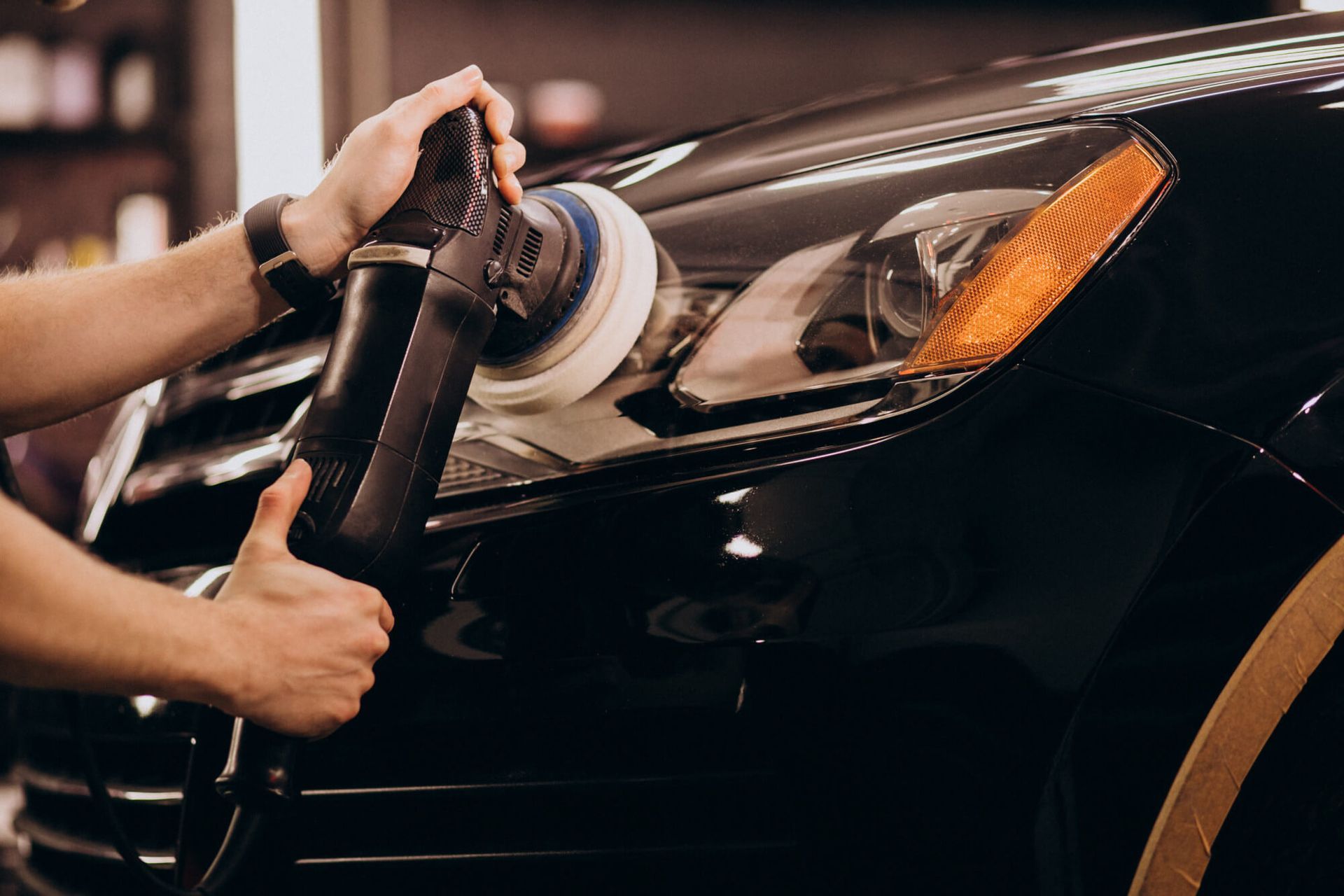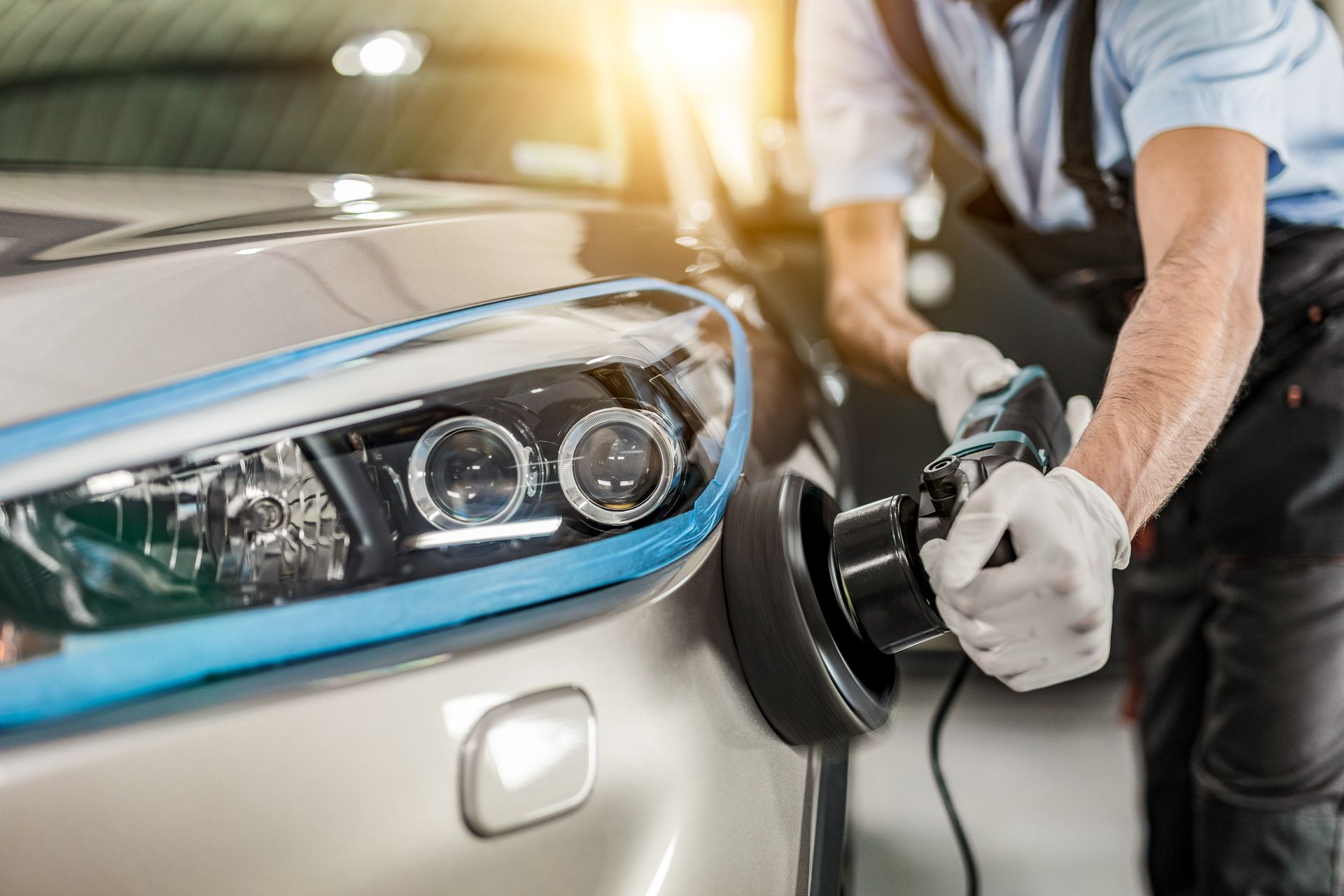Maintaining Luxurious Leather Seats: The Importance of Conditioning
Leather seats add a touch of luxury and sophistication to any vehicle, but maintaining their beauty and softness requires proper care and attention. Over time, exposure to the elements, regular use, and neglect can cause the leather to crack, fade, and lose its natural suppleness. Fortunately, with the right conditioning techniques, you can preserve the elegance of your leather seats for years to come. In this blog, we’ll cover everything you need to know about leather conditioning and why it’s essential for the longevity of your car’s interior.
The Importance of Leather Conditioning
Leather is a natural material that, when properly cared for, offers both durability and beauty. However, without regular maintenance, it can degrade over time. The leather in car seats is subject to constant stress from passengers sitting on it, exposure to sunlight, heat, and even the oils and moisture from your skin. This leads to drying, cracking, and eventual wear.
Here’s why conditioning is essential:
Prevents Cracking
When leather dries out, it loses its elasticity and can begin to crack. These cracks can compromise the structural integrity of the seat and lead to expensive repairs or even replacement. Conditioning leather regularly ensures it retains its flexibility and prevents it from becoming brittle.
Restores Softness and Supple Feel
Conditioning your leather seats reintroduces essential oils that keep the leather soft and comfortable. Over time, seats may become stiff and lose their plush texture. A proper conditioning treatment restores that luxurious, supple feel.
Protects Against UV Damage
Sunlight is one of the main enemies of leather upholstery. UV rays cause fading and drying, leading to discoloration and surface damage. Quality conditioners often contain UV protectants that create a barrier between your leather and the sun, preventing premature aging.
Enhances Longevity
By regularly conditioning your leather seats, you’re not only keeping them soft and supple but also extending their lifespan. Well-maintained leather can last for decades, maintaining its aesthetic appeal and comfort throughout your vehicle’s lifetime.
How Often Should You Condition Your Leather Seats?
The frequency of leather conditioning depends on several factors, including the type of leather, the climate where you live, and how often you use your vehicle. As a general rule of thumb, most car experts recommend conditioning leather seats every 3 to 6 months. However, this can vary based on your unique situation.
Factors to Consider:
Climate
In hotter, sunnier climates like Kansas summers, the sun and heat can dry out leather more quickly, meaning you might need to condition your seats more frequently. In colder or more humid regions, less frequent conditioning might suffice.
Vehicle Use
If you use your car frequently or if it's exposed to outdoor elements (like parking in direct sunlight), conditioning should be done more often. Vehicles that sit in garages or are less used may need less frequent conditioning.
Type of Leather
Different leather types have different care requirements. Full-grain leather, for instance, may need more intensive conditioning than treated or faux leather.
The Leather Conditioning Process: Step by Step
Proper leather conditioning is more than just slapping on some conditioner. It requires attention to detail and the right products to ensure your seats receive the care they deserve. Here’s a step-by-step look at how professionals, like us at The Final Touch Auto Detailing, condition leather seats.
Step 1: Cleaning
Before applying any conditioner, it’s crucial to clean the leather thoroughly. Any dirt, dust, or oils left on the surface can get trapped under the conditioner, which can lead to further damage over time. We use a pH-balanced leather cleaner designed to gently remove contaminants without stripping the leather of its natural oils.
Step 2: Prepping the Leather
After cleaning, we allow the seats to dry completely. This step is vital because applying conditioner to wet leather can dilute the product and prevent it from penetrating the leather properly.
Step 3: Applying Conditioner
Once the leather is clean and dry, we carefully apply a leather conditioner using a microfiber cloth. We work the product into the leather in small, circular motions, ensuring even coverage. The conditioner is left to absorb into the leather for a set amount of time.
Step 4: Buffing
After the conditioner has been absorbed, we gently buff the seats with a clean cloth to remove any excess product and to bring out the natural shine of the leather.
Step 5: Final Inspection
We inspect the seats to ensure they are fully conditioned, soft to the touch, and looking their best.
Choosing the Right Leather Conditioner
Not all leather conditioners are created equal. Some products may contain harsh chemicals that can damage leather over time, while others may not provide adequate protection. At The Final Touch Auto Detailing, we use only high-quality, industry-approved conditioners that are safe for your vehicle’s leather. When choosing a conditioner for your personal use, here are a few things to look for:
Natural Oils and Ingredients
Opt for products that use natural oils like lanolin or mink oil, which help nourish the leather without leaving it feeling greasy. Avoid conditioners with petroleum-based ingredients, as these can cause long-term damage.
UV Protection
If your vehicle is often parked in direct sunlight, choose a conditioner with added UV protection. This will help shield the leather from the sun’s harmful rays, preventing fading and cracking.
pH-Balanced Formula
Leather is naturally acidic, so using a pH-balanced conditioner helps maintain its integrity without disrupting its natural state. pH-balanced products are less likely to cause discoloration or damage to your leather over time.
Professional Leather Conditioning vs. DIY
The frequency of car detailing depends on several factors, including your driving habits, the environment, and the condition of your vehicle. For new car owners in Manhattan, KS, it’s important to establish a detailing routine to keep your car looking its best.
As a general rule, exterior detailing (including washing, waxing, and paint protection) should be done every three to six months. However, if your car is exposed to harsh conditions, such as extreme heat, heavy rain, or road salt, you may need to detail it more frequently.
Interior detailing should be done every two to three months, or more often if you frequently transport passengers, pets, or cargo. Regular interior maintenance will help prevent dirt and grime from building up and keep your cabin looking and smelling fresh.
In addition to regular detailing, it’s also important to address any specific issues as they arise. For example, if you notice a stain on your upholstery or a scratch on your paint, take care of it immediately to prevent further damage.
Contact The Final Touch Auto Detailing in Riley County, KS Today!
Your vehicle’s leather seats deserve the best care possible to keep them soft, supple, and luxurious for years to come. At The Final Touch Auto Detailing in Riley County, KS, we specialize in professional leather conditioning that revitalizes your seats and protects them from future wear and tear. Whether your leather seats are looking a little tired or you want to prevent future damage, we’re here to help.
Call us today at
(316) 200-2604 to schedule your leather conditioning service or to learn more about our full range of auto detailing services such as
interior cleaning,
auto detailing,
ceramic coating, and
paint correction and polishing.
Frequently Asked Questions
-
How often should I condition my leather seats?
Leather seats should be conditioned every 3 to 6 months, depending on the climate and how frequently you use your vehicle. In hotter climates, you may need to condition them more often.
-
Can I use household products to clean my leather seats?
It’s not recommended to use household cleaning products on leather seats as they may contain chemicals that can damage the leather. Use a cleaner specifically formulated for automotive leather instead.
-
Will leather conditioning make my seats look shiny?
Leather conditioners typically restore a natural, healthy sheen to the leather, but they shouldn’t make it overly shiny. A quality conditioner enhances the leather’s natural luster without leaving a greasy residue.
-
Is it possible to over-condition leather?
Yes, over-conditioning leather can cause it to become too soft or weaken its structure. Stick to conditioning your leather seats every few months, or consult a professional for advice.
-
What happens if I don’t condition my leather seats?
Without proper conditioning, leather seats can dry out, crack, and lose their natural suppleness. Neglecting to condition your leather seats can result in expensive repairs or replacements. Regular conditioning helps prevent these issues and extends the life of your seats.
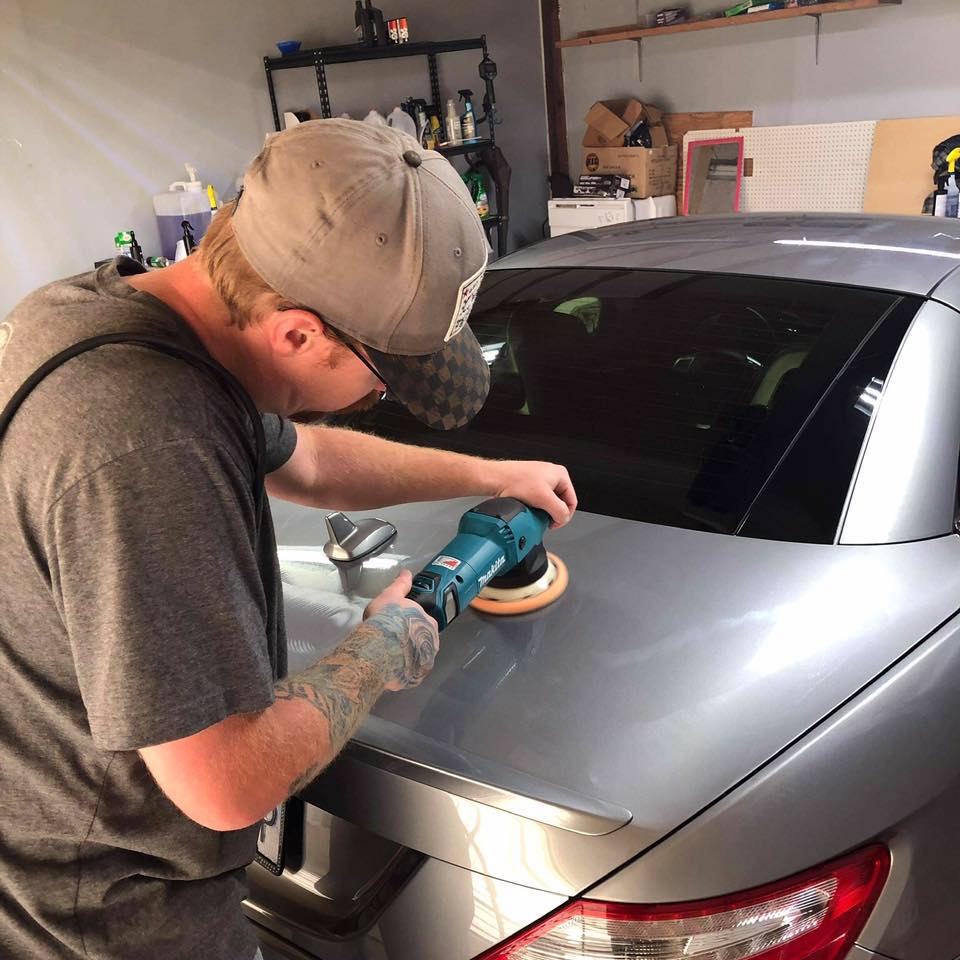
Address: 4610 Skyway Dr, Manhattan, KS 66503 | Phone: (316) 200-2604 | (785) 370-5009
- Mon - Fri
- -
- Sat - Sun
- Closed
Copyright © 2024 The Final Touch, All Rights Reserved.

